What Is Buccal Fat?
Buccal fat is a natural fat pad located in the cheeks. It is one of the two major fat pads in the face, the other being the masticatory fat pad. The buccal fat pad is responsible for giving the cheeks their fullness and contour. It also provides cushioning for the teeth and protection for the underlying facial bones.
The amount of buccal fat varies from person to person. Some individuals naturally have larger buccal fat pads, which can make their cheeks appear rounder or fuller. Others have smaller fat pads, giving the face a more hollowed look. Buccal fat also changes with age—over time, these pads shrink, which can contribute to volume loss and a thinner, more aged facial appearance.
Buccal fat removal is a cosmetic surgical procedure that removes part or all of the buccal fat pads. The goal is to refine the facial shape, reduce the appearance of chubby cheeks, and create a more defined jawline. While generally considered safe, this surgery should only be performed by a qualified and experienced surgeon.
Why Do People Choose Buccal Fat Removal?
-
To enhance facial contours: By reducing cheek fullness, buccal fat removal helps highlight the cheekbones and jawline, creating a more sculpted, youthful look.
-
To slim down the appearance of the cheeks: Removing excess cheek fat makes the face look slimmer and more angular.
-
To define the jawline: By reducing lower-cheek fullness, the jawline becomes sharper and more structured, enhancing both masculine and feminine features.
-
To boost self-confidence: Achieving a more desirable facial shape often improves self-esteem and creates a more positive self-image.

How Is Buccal Fat Removal Performed?
In today’s beauty standards, having a slim, sculpted face with defined angles and contours is highly desirable for both men and women. While naturally balanced cheek fat can be attractive, excess buccal fat often hides cheekbone definition. Buccal fat removal surgery helps reveal the natural bone structure by carefully reducing cheek fat, resulting in a slimmer, more contoured look.
One of the advantages of this technique is that the incisions are made inside the mouth, leaving no visible scars on the face.
Steps of Buccal Fat Removal Surgery
-
Anesthesia – Depending on your case, local anesthesia or general anesthesia will be administered to ensure comfort.
-
Incision – The surgeon makes a small incision inside the mouth, behind the upper molars.
-
Fat Removal – Excess buccal fat pads are carefully extracted without damaging surrounding tissues or nerves.
-
Closure – The incisions are stitched with dissolvable sutures.
The procedure requires high precision, as poor technique may cause unsatisfactory results or even damage to facial tissues. That’s why choosing an experienced plastic surgeon is crucial for safety and natural outcomes.
Buccal Fat Removal for Men
Men can also benefit from buccal fat removal, especially if they want a sharper, more masculine jawline. By removing excess cheek fat, the skin gently contours inward between the cheekbones and jawline, giving the face a stronger and more chiseled look. This permanent contouring effect has made the procedure popular among celebrities and public figures who desire a defined, structured appearance.
Buccal Fat Removal for Round Faces
Individuals with rounder faces are often the best candidates for buccal fat removal. In these cases, excess fat in the mid-cheek area conceals the natural bone structure. By removing some of this fat, the cheekbones and jawline become more visible, creating a slimmer, elongated, and more refined look.
What Is Buccal Fat?
The buccal fat pad is a natural, round mass of fat located in the hollow area beneath the cheekbone, between facial muscles. Everyone has buccal fat, but its size varies greatly from person to person. People with larger buccal fat pads may feel that their cheeks look overly full or chubby.
If you want a slimmer appearance, a plastic surgeon may recommend buccal fat removal to reduce cheek width. This procedure is particularly effective for reducing fullness in round faces, enhancing cheekbone definition, and creating a more contoured facial profile.
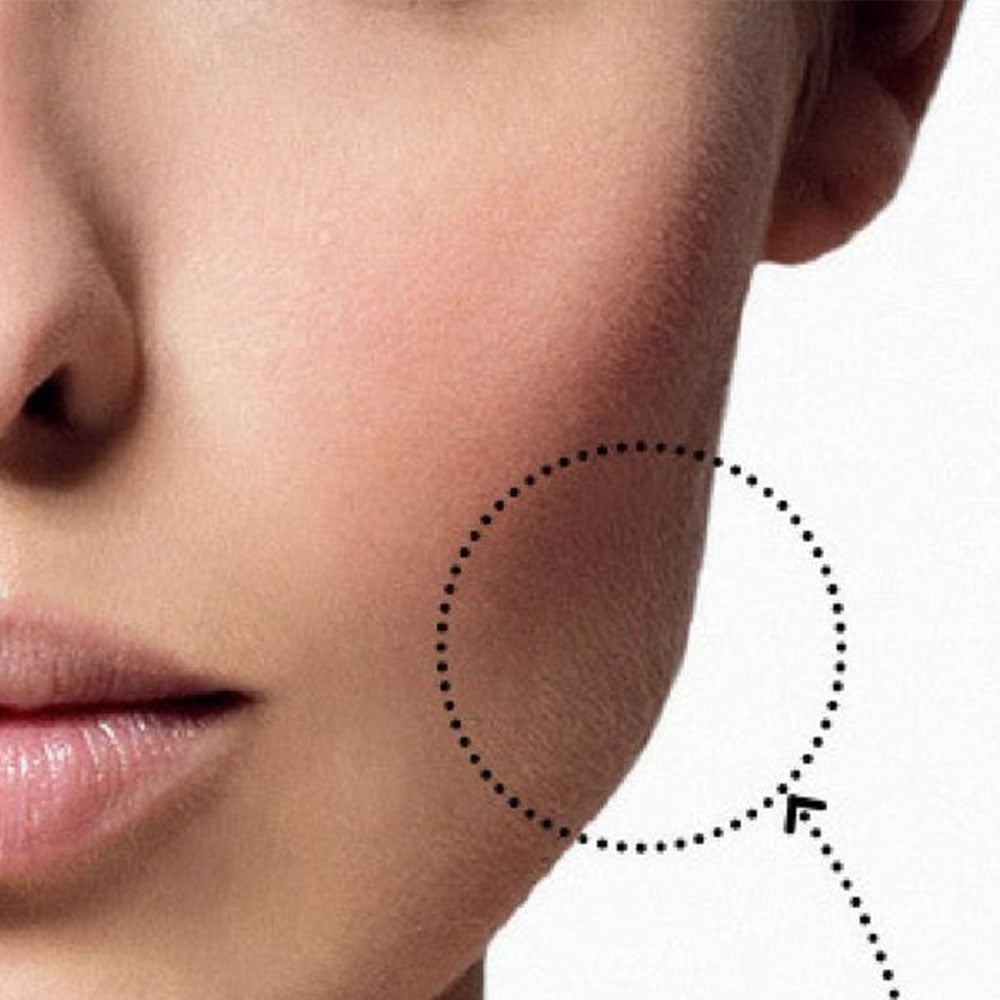
The Impact of Buccal Fat Removal on Facial Appearance
Looking at before-and-after photos of patients, it’s clear how transformative buccal fat removal can be. This cosmetic procedure significantly enhances facial aesthetics, making the face slimmer, sharper, and more defined.
Benefits of Buccal Fat Removal on the Face
-
Reduction of excess cheek, chin, and neck fat
-
Facial contouring (sculpted look)
-
More defined facial lines
-
Improved jawline definition
-
Enhanced facial harmony and attractiveness
-
Subtle prominence of cheekbones
It’s important to note that during this surgery, only the excess fat is removed—not all of it. Completely eliminating cheek fat can disrupt the natural balance of the face and remove the protective cushioning for facial bones. That’s why the procedure must be performed by a qualified surgeon, who will carefully assess how much fat should be extracted for a natural, balanced result. Typically, incisions inside the mouth measure between 2–5 cm.
Who Is a Good Candidate for Buccal Fat Removal?
You may be a good candidate for this surgery if:
-
You are in good overall health with no serious medical conditions.
-
You are not taking blood-thinning medications and do not suffer from bleeding disorders.
-
You have a naturally round or fuller face with excess cheek fat.
-
You have developed a double chin or are unhappy with your facial profile.
-
You want to improve the jawline definition and facial angles.
-
You feel that more prominent cheekbones would give your face a more attractive appearance.
Ideal Candidates Include:
-
People with round and chubby cheeks.
-
Individuals who are dissatisfied with cheek fullness.
-
Patients seeking facial contouring or jawline enhancement.
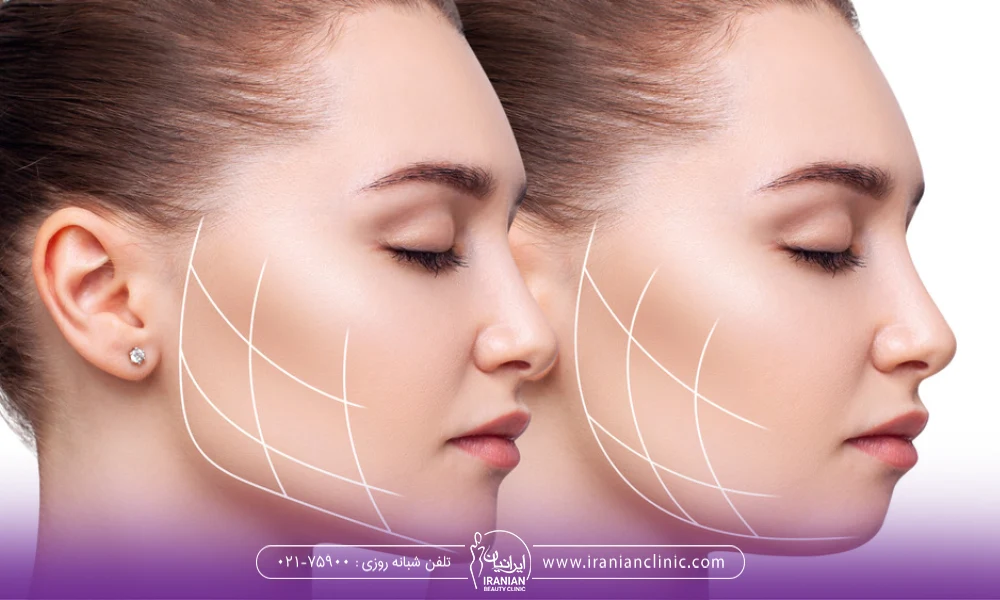
Who Should Not Get Buccal Fat Removal?
Buccal fat removal is not suitable for everyone. Your surgeon may advise against this surgery if:
-
You have a naturally thin or narrow face – removing buccal fat may cause your cheeks to appear hollow, especially as you age.
-
You are older – with age, the face naturally loses fat volume. Surgery may exaggerate this hollowing effect and make you look older.
-
You have certain medical conditions that increase surgical risks or delay healing.
-
You have unrealistic expectations about the results of the procedure.
Before surgery, it’s essential to discuss the following with your plastic surgeon:
-
Your goals and expectations
-
Medical history (past and present conditions)
-
Current medications, including vitamins and supplements
-
Use of alcohol, tobacco, or recreational drugs
-
Drug allergies
-
Past surgeries
You may be asked to stop certain medications or undergo blood tests before the procedure.
Aftercare Tips Following Buccal Fat Removal
Proper aftercare is crucial for smooth recovery and optimal results. Key recommendations include:
-
Follow your surgeon’s personalized instructions carefully.
-
Have someone at home to assist you during the first days after surgery.
-
Avoid wearing makeup for several days.
-
Refrain from risky activities requiring focus (e.g., cooking, using electrical tools).
-
Take prescribed medications on schedule—never self-medicate with painkillers or sleeping pills.
-
Eat a nutritious diet to support healing.
-
Get enough rest and sleep, and if possible, take a few days off work.
-
Avoid driving in the early recovery period.
-
Do not engage in strenuous activities, gym workouts, or professional sports until cleared by your surgeon.
-
Sleep on your back with your head elevated; avoid pressing your face into the pillow.
-
Stick to light meals, soups, and liquids; chew small bites gently.
-
Keep your head elevated and avoid bending forward to reduce swelling.
-
Avoid spicy, sour, or very salty foods that may irritate the surgical site.
-
Maintain oral hygiene and gently rinse as directed.
Do not touch, scratch, or play with the stitches using your tongue or fingers.
Buccal Fat Removal Recovery Period
As mentioned earlier, the recovery time after buccal fat removal varies for each individual. On average, downtime lasts around 7 to 10 days, though swelling and minor side effects may persist slightly longer. Final results usually become visible after 3 months, once swelling has completely resolved and the cheeks settle into their new contour. Patience and proper aftercare are key to achieving the best outcome.
To avoid prolonging your recovery, do not attempt self-treatment for side effects—always consult your surgeon if discomfort becomes difficult to manage.
What Happens During Buccal Fat Removal Surgery?
-
Anesthesia: Local anesthesia is typically applied, so you’ll feel no pain but remain awake. If combined with other procedures, general anesthesia may be used.
-
Incision: A small incision is made inside the cheek, preventing visible scarring.
-
Fat Removal: The surgeon carefully cuts and removes the excess buccal fat pad.
-
Closure: The incision is closed with absorbable sutures.
What to Expect After Buccal Fat Removal
- Before leaving the clinic, you’ll be given a special mouth rinse to prevent infection.
- For the first few days, you’ll need to stick to a liquid diet, then gradually transition to soft foods.
- Expect swelling and mild bruising in the cheek area for several days.
- Full recovery usually takes about 3 weeks, though you can resume light daily activities within a few days.
- Always follow your surgeon’s aftercare instructions to minimize complications and ensure smooth healing.
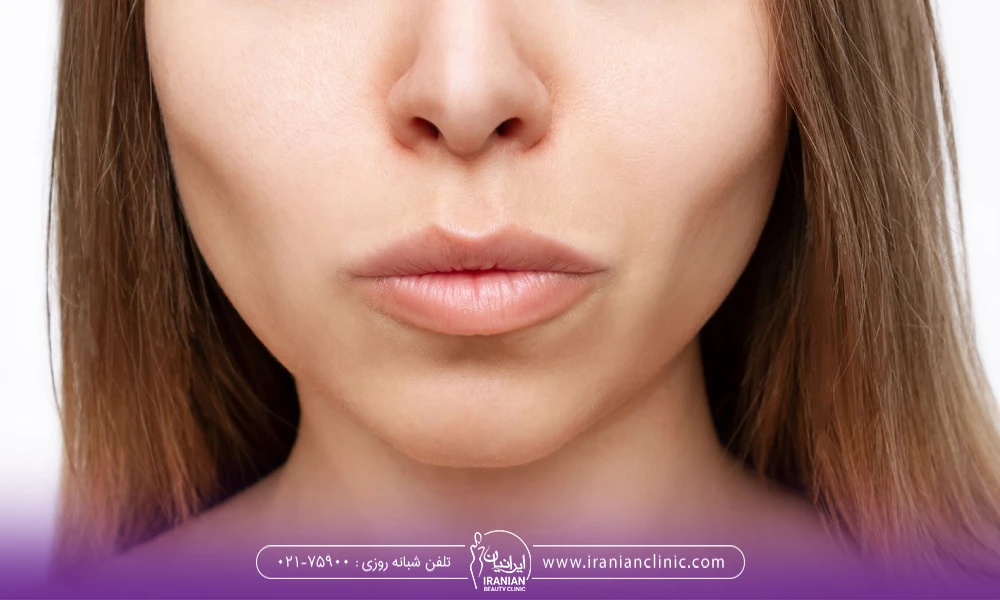
Side Effects and Risks of Buccal Fat Removal
Like any cosmetic surgery, buccal fat removal comes with potential side effects. Most are temporary and improve naturally within a week or with prescribed medication.
Common Temporary Side Effects
-
Mild pain, burning, or itching at the incision site
-
Bruising and cheek swelling
-
Temporary numbness in facial muscles
-
Difficulty chewing or eating
-
Sharp pain at the extraction sites
-
Discomfort when bending forward
-
Skin sensitivity in the treated area
-
Mild bleeding (especially if taking blood-thinning medications)
-
Fatigue, irritability, or low energy
-
Radiating pain across the face
👉 To minimize these effects, it’s important to follow your surgeon’s aftercare instructions closely. Cold compresses and prescribed pain relievers can help manage discomfort. Avoid home remedies or self-medication without medical approval.
Possible Risks of Buccal Fat Removal
Although the procedure is generally considered safe, there are some potential risks, including:
-
Excessive bleeding
-
Infection at the surgical site
-
Adverse reaction to anesthesia
-
Hematoma (severe bruising)
-
Damage to salivary glands
-
Injury to facial nerves
-
Over-removal of fat
-
Facial asymmetry
⚠️ Contact your surgeon immediately if you experience:
-
Shortness of breath
-
Chest pain
-
Irregular heartbeat
-
Severe bleeding
-
Intense pain
-
Signs of infection (fever, pus, increasing redness)
Long-Term Complications of Buccal Fat Removal
If performed improperly by an inexperienced surgeon, long-term complications may occur:
-
Chronic infection at the incision site
-
Recurring bleeding
-
Overly gaunt or hollow facial appearance
-
Persistent facial asymmetry
-
Loss of taste sensation
-
Nerve or tissue damage in the treated area
-
Dissatisfaction with results due to excessive fat removal
-
Return of fat deposits over time
Swelling After Buccal Fat Removal
Experiencing swelling after buccal fat removal is completely normal and typically lasts about one week. However, the duration and intensity of swelling can vary depending on factors such as your overall health, the amount of fat removed, and the surgeon’s expertise.
Tips to Reduce Swelling After Buccal Fat Removal
To manage and minimize swelling, follow these guidelines:
-
Follow your surgeon’s instructions carefully – aftercare is essential for a smooth recovery.
-
Take prescribed medications regularly to reduce inflammation and discomfort.
-
Apply cold compresses as directed to ease swelling.
-
Avoid heavy physical activity for at least a week. If possible, take time off work to rest.
-
Do not press or touch the buccal area, as it may worsen swelling or affect healing.
-
Stick to soft, liquid-based foods – chewing heavy or solid meals can strain the facial muscles and aggravate swelling.
-
Keep your head elevated and avoid bending forward.
-
Sleep on your back and avoid pressing your face into the pillow.
-
Protect your mouth from cold weather, as exposure to extreme cold may slow healing.
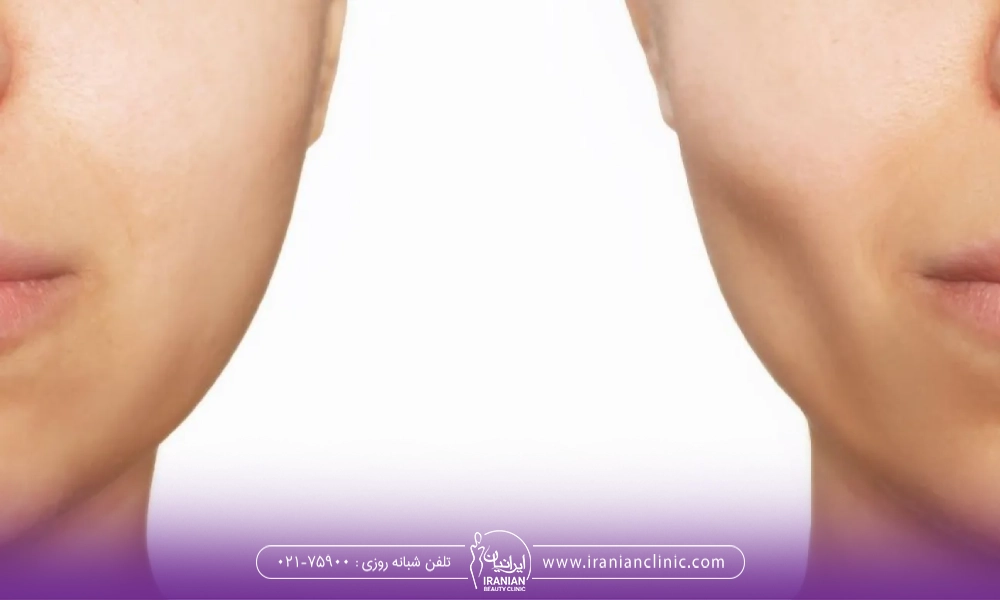
How Long Does Buccal Fat Removal Last?
Buccal fat removal is considered a long-lasting facial contouring procedure that can enhance your appearance for many years. On average, results may last anywhere from 5 to 10 years, depending on lifestyle and individual factors. Some patients may eventually need a second procedure if they wish to maintain the same slim, sculpted look.
Can Buccal Fat Return After Removal?
In most cases, the removed fat pads do not grow back. However, over time, certain factors can cause the face to appear fuller again, including:
-
Weight gain – excess calories, sugary foods, and fatty diets can increase facial fat storage.
-
Aging – as the face changes with age, fat distribution and skin elasticity may alter the results.
-
Genetics – your natural facial structure may influence how your cheeks look over time.
While buccal fat itself doesn’t regenerate, changes in weight and aging may cause a fuller appearance in the cheek area, giving the impression of fat returning.
Is Buccal Fat Removal Permanent?
Although this procedure provides long-term benefits, it is not always permanent for everyone. Results typically last 1 to 10 years, with most patients enjoying a noticeably slimmer face for many years. The durability of results depends on:
-
Your diet and exercise habits
-
Genetic predisposition to store fat in the face
-
Natural facial structure and aging process
-
The skill and precision of your surgeon
A highly skilled surgeon can remove the ideal amount of buccal fat, ensuring natural-looking and long-lasting results without making the face appear hollow.
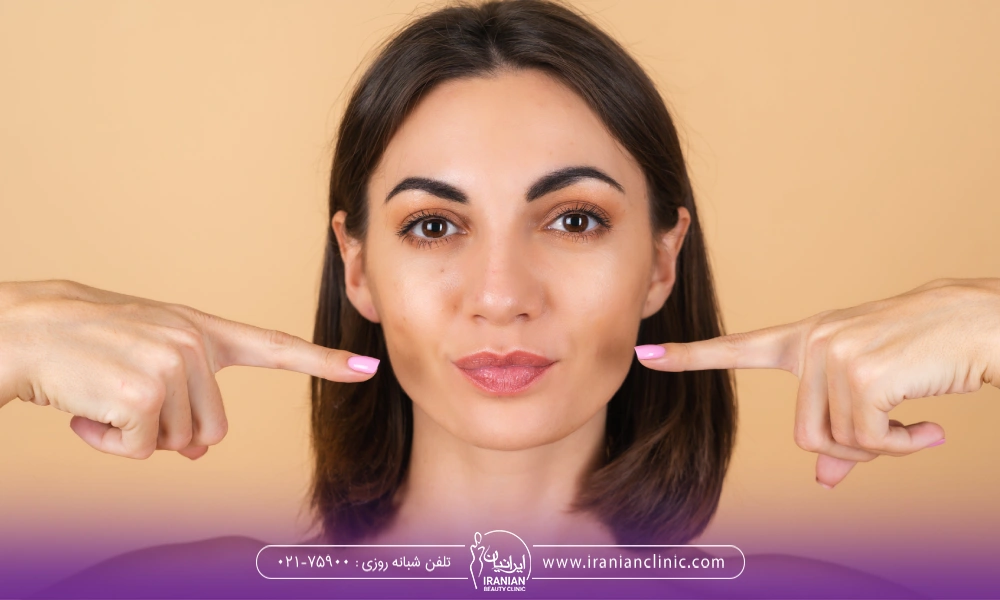
Buccal Fat Removal vs. Double Chin Liposuction
Both buccal fat removal and double chin liposuction (submental liposuction) are popular procedures designed to eliminate excess fat and create a slimmer, more sculpted facial appearance. However, their techniques and target areas are different:
-
Buccal Fat Removal: Involves extracting excess fat pads from the cheeks. The surgeon makes small incisions inside the mouth and carefully removes fat using surgical forceps. This procedure highlights the cheekbones and defines the jawline.
-
Double Chin Liposuction: Uses thin cannulas inserted through small incisions under the chin to suction out fat. This reduces fullness in the chin and neck area, improving the facial profile and jawline.
👉 Both procedures share the same ultimate goal: to enhance facial contouring and achieve a naturally slimmer, more defined look.
Before choosing between the two, it is essential to consult an experienced plastic surgeon. The right choice depends on your unique facial structure, aesthetic goals, and medical condition.
Best Buccal Fat Removal Clinic in Tehran
With the rising popularity of cosmetic surgery, it’s important to be cautious when selecting a clinic. Unfortunately, some providers use misleading advertising or lack proper expertise, putting patients at risk. For the best results and safety, always choose a reputable and specialized clinic.
A top buccal fat removal clinic in Tehran should offer:
-
Experienced surgeons with a proven track record in facial contouring procedures.
-
High-quality equipment and sterile surgical tools for maximum safety.
-
Knowledgeable staff who can answer all your questions clearly.
-
Comfortable facilities, including a proper waiting area for companions.
-
The ability to handle complications, such as bleeding, with skill and professionalism.
By selecting the right clinic and surgeon, you ensure long-lasting results, minimal risks, and a worthwhile investment in your appearance.
📞 For detailed consultation and expert guidance, you can contact Iranian Clinic at +98 (21) 75900.


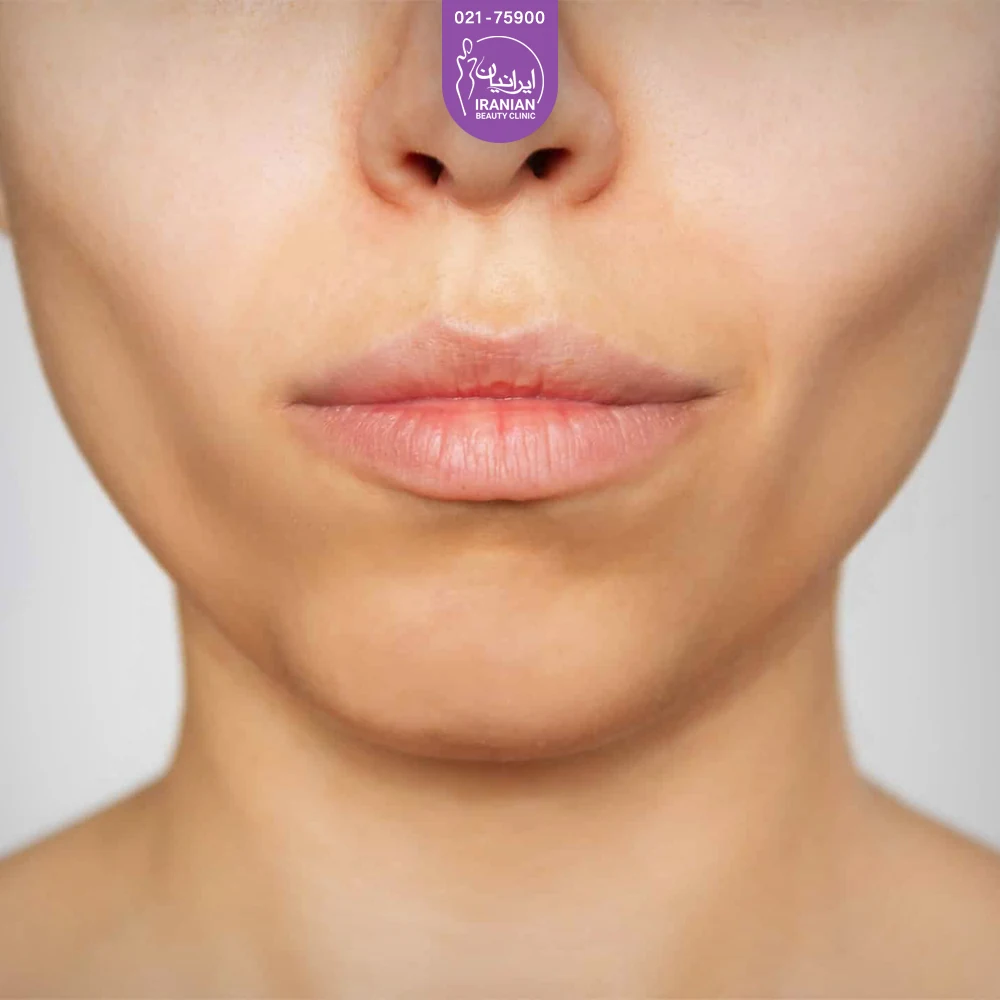







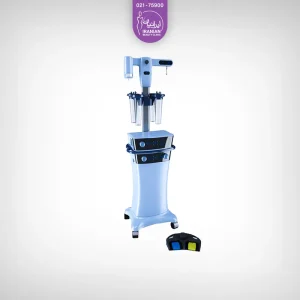













 Quanta Creative Agency
Quanta Creative Agency 